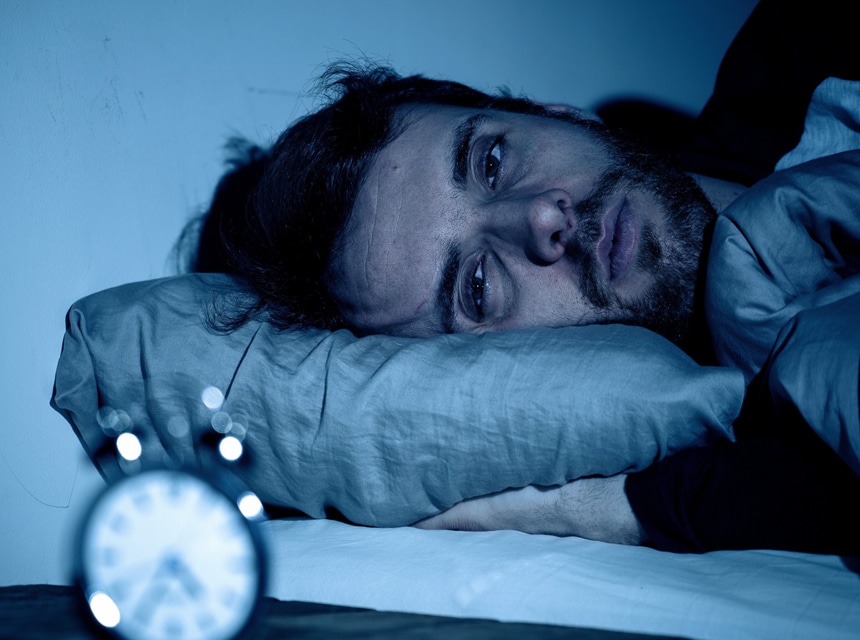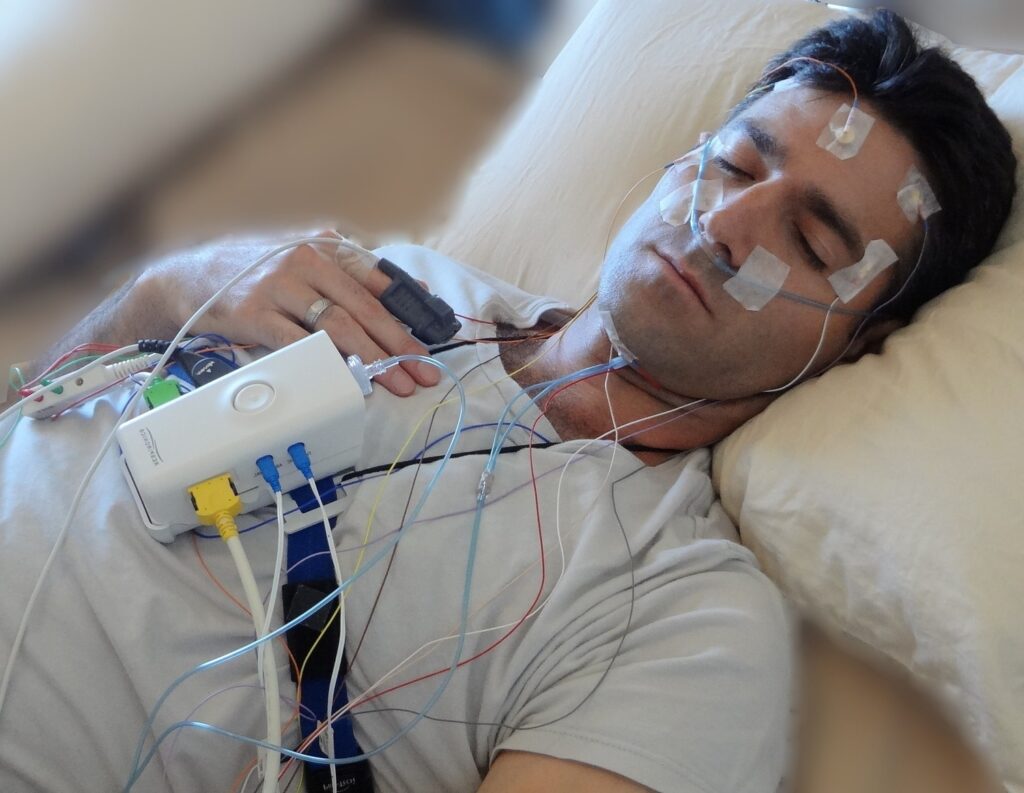

According to a World Health Organization (WHO) announcement, Benin, Uganda, and Rwanda eliminated one form of sleeping sickness as a public health threat in 2021. With Benin and Uganda receiving official validation from WHO in November and Rwanda in April 2021.
In addition, a total of five countries omitted sleeping sickness in 2019 and 2020, with Cote d’Ivoire and Togo being the first in 2020. This news was groundbreaking in the war against sleeping diseases, which has a major impact on the rural poor.
You might or might not have heard of sleeping sickness or possibly seen it played as a joke, where the main character is bitten by a fly and immediately falls asleep. However, the reality of it is cruel. The disease is officially termed Human African Trypanosomiasis (HAT) and is a consequence of Trypanosoma. The Trypanosoma is a protozoan parasite that resembles the appearance of a proper sea monster.
The Centers for Disease Control and Prevention (CDC) reported that two subspecies of protozoan parasites cause two different forms of sleeping sickness in humans. The first subspecies are known as the T. b. gambiense and demonstrate a different version from its fictional depiction. This subspecies leads to a far more slow-burning sinister course. It cloaks itself for months or years before its ultimate reveal which is known as chronic HAT. According to WHO the T. b. gambiense is responsible for 97% of reported cases.
On the other hand, the second subspecies, T. b. rhodesiense is no better. It results in acute HAT, and the symptoms appear comparatively faster. So far, studies show that Uganda is the sole country that harbors both forms of sleeping sickness.
The forms of sleeping sickness are transmitted by the tsetse fly, and the results are a two-staged infection.
The first stage involves the parasite multiplying in the blood, depth of the skin, and lymph. While the victim is experiencing this stage, the sickness resembles other common infections such as itching, joint pain, weakness, and headaches. Therefore, it is harder to spot it earlier.
Soon as the second stage starts, which is around 300 to 500 days of infection for the chronic sleeping sickness and a fast pace 21 – 60 days period for acute HAT, the parasites have long crossed the blood-brain barrier and infiltrated the central nervous system.
The victims suffer from an inverted sleeping schedule where they sleep during the day and feel insomnia at night. As the disease progresses, hallucinations, confusion, seizures, sensory issues, mania and many other horrifying symptoms follow.
The number of cases increased in the last century. However, increased surveillance and vector control helped in controlling HAT. By 2020, there were 663 cases reported and this was the lowest level since the global tracking was initiated about 80 years ago.
When the three nations, Uganda, Benin, and Rwanda joined their neighbors in fighting off the sickness, public health officials gained a ray of hope for their main objective which is to completely eradicate the transmission of this sickness by 2030.





